As our fictional climbers continue their sojourn towards Everest Base Camp, a few teams have arrived in Lhasa for their drive to Chinese Base Camp on the Tibetan side.
Part of any Himalayan climb with Climbing Sherpas are the multiple blessings before the climbing begins. For some, these ceremonies are a mystery or even something to avoid, but for most, it is an important moment that connects the climbers with the Climbing Sherpas.
Virtual Everest 2020 – Support the Climbing Sherpas is a joint project of Alan Arnette and several global guide companies. Our objective is to entertain Everest fans during the Coronavirus spring closure and raise money to help the Climbing Sherpas who were not working this spring. While there will be accurate historical references, this series is a work of fiction. Names, characters, and incidents either were products of my imagination or were used fictitiously. Any resemblance to actual events or locales or persons, living or dead, is entirely coincidental. Please join us by making a donation using the links below plus by adding your Everest experiences in the comment section.
Trekking
Back at the Panorama Lodge, the team talked openly about the day and seeing Everest. “It’s a big one.” Old Man began as a bowl of tomato soup started their meal. “When I looked at it today, I realized that C3 was pretty low. Hell, I barely got started before I turned back.” Hearing that gave pause to the other team members. C3 was around 23,000-feet, about the summit of Aconcagua – the highest most everyone had ever made. The Boyfriend focused on his soup.
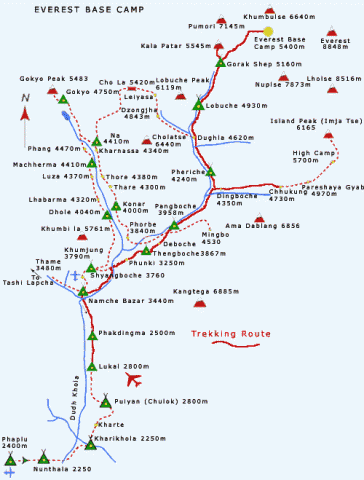 Snorer spoke up, “It was about there on Manaslu that I started feeling the altitude. But we should start to use O’s from C3 above. Right?” “Yes, but Os are not a substitute for acclimatization,” Guide chimed in. “You all must get to C3 without Os, spend the night and do it in style to get a chance for the summit push a few weeks later.” The table became quiet. They all knew there would be benchmarks, milestones, and rules, but to hear it now, sitting in Namche Bazzar over dinner, the reality hit home.
Snorer spoke up, “It was about there on Manaslu that I started feeling the altitude. But we should start to use O’s from C3 above. Right?” “Yes, but Os are not a substitute for acclimatization,” Guide chimed in. “You all must get to C3 without Os, spend the night and do it in style to get a chance for the summit push a few weeks later.” The table became quiet. They all knew there would be benchmarks, milestones, and rules, but to hear it now, sitting in Namche Bazzar over dinner, the reality hit home.
The next day they stopped for apple pie at what is known as the “World’s Highest Bakery” in Khumjung. Then they toured Khumjung Secondary School, aka Hillary School funded in part by the Himalayan Trust. She marveled at the enthusiasm of the kids, how polite they were and full of life. She was going to tell her kids about this experience the next time they complained that the cable TV was out.
One of the lasting memories they all agreed on was the constant view of Ama Dablam. While not the highest in Sagarmatha National Park, it had to be the most iconic. It seemed to loom over every valley and be in every photo. Most known for the visible snow bulb high on the mountain, the name means “Mother’s Necklace.” The long ridges on each side symbolize a mother’s (Ama) arms protecting her child, and the hanging glacier (Dablam) is similar to a double-pendant containing pictures of the gods, worn by Sherpa women. In any event, the 22,349-foot peak was probably the most photographed mountain thus far for the team.
Up and Down
Back to the Panorama Lodge for their last of three nights, She felt good, healthy, full of energy and life. This trip was just what She needed. The next day, they left for another milestone, visiting the Tengboche Monastery, and a blessing from a local Lama in the small Himalayan village of Pangboche.
Leaving Namche felt like leaving home. She had come to peace with the modernization, understanding the prosperity it brought to the local people, especially the kids. She hoped that the bad parts of Western life wouldn’t rub off on these special people.
The trail continued to be spectacular. Turning the corner just outside of Namche yet another view unveiled of Ama Dablam and the Dodi Kosi river cutting its way through the deep valley to her right. The trail was wide and smooth. They passed a stupa celebrating the 50th anniversary of the first summit of Everest. She paused, overlooking the deep river valley, with Ama protecting her child. She offered a prayer of gratitude.
The trail meandered up and down a few rock obstacles but nothing serious as it passed through several Sherpa villages, each with a long table displaying souvenirs for sale, most locally hand-made. She fought the urge to buy one of everything. The trail began a distinct descent toward the river. It had snowed the previous night, so parts were muddy and slippery, but the yaks had no problems.
At the bottom of the ravine, they stopped for lunch at the single building village of Phunki Tenga at 10,660-feet. She had her regular – fried rice and Sherpa tea. Knowing they had gone down about 2,000-feet, it was time to regain the elevation. The trail climbed through a dense forest. It was a welcome relief from the hot sun outside of Namche. A few monks in their crimson robes walked past, some going up, others down. The trail was surprisingly steep. “I forgot about this part.” Old Man moaned. “No wonder, I would too.” Dutch chimed in.
Thinking there was no end to the ever upwards trail, without fanfare, a rock framed entry appeared. On the other side was a stunning flat grassy area, and the Tengboche Monastery stood to their left, yaks quietly grazing on the short grass.
The Buddhist Monastery is the largest in the Khumbu. At one time, hundreds of monks called it home; now there are less than 60. It was built in 1916 but destroyed by an earthquake in 1934. It burned down from a short in the electrical wiring in 1989. Donations from around the world helped rebuild it. Tibetans hand-painted the murals inside and helped build the 50-foot high Buddha.
Joining the Monks
They arrived around 3:00 pm just in time for afternoon prayers before planning to head down to Deboche for the night at the Riverdale Lodge.
“Do you want to attend prayers?” Dawa asked the group. “Yes!” She said, along with the Couple and Dutch. The others were content to get to the lodge, tired after the long up and down day. “Take off your shoes. And no photography inside. Please.” Dawa advised. They hustled up the stone steps, out of breath, also tired from the long day. There were a few other observers gathered outside the massive wooden door.
It was quiet for a few moments, and then a young Monk came along who opened the door and quietly welcomed everyone into the Monastery. The first sight was the large Buddha. It was huge and golden. The statue had a peaceful look in his eyes. She noticed the small dark windows that barely let any light inside, that every wall was painted, the large drums sat beside five or six rows of low benches, a pile of robes awaiting their guest. The butter lamps in front of Buddha. A donation box. She intended to make one after prayers.
They sat on Tibetan rugs to the right of the central area. It was cold. She could see her breath. She zipped her down jacket tighter, pulled her cap over her ears. She tugged on her gloves. Her socked feet were cold. Now She understood the heavy crimson robes.
One by one, the Monks entered the main hall. It appeared each one had their place – seated by seniority or position.
Nonetheless, everyone joined in a kind of rumpled fashion and settled onto their pillowed seat – crossed legged, with the crimson robe covering almost all of their body except for their bald head.
Soon, two young Monks, perhaps 10, 14, or 16 years old, began to serve hot tea to their elders. It was a purposeful moment, but not overly formal. One of the Monks sneezed. No one offering a Gesundheit, or even a Buddha Bless.
Without a cue, the drumbeat began. One of the senior Monks began his chant – actually a prayer. Others joined in. They created an unbelievable resonance that built as it bounced off the artfully painted walls. She closed her eyes to take this moment in without the filter of sight. It was spiritual and sensory.
They quietly left the Monastery after prayers. She was changed forever. It was one of those moments, one of those sounds that would echo within her throughout her life, She reflected as they descended into the rhododendron forest to the village of Deboche.
They enjoyed a restful night in the comfortable Rivendale Lodge arising to an impressive view of Ama Dablam backlit in the light of the sunrise. She went outside, standing beside an oversize furry Tibetan Mastiff, looking at “Mother’s Necklace” until it was time for breakfast.
By now, the entire team of climbers and trekkers had the packing and unpacking drill down to a science. Get up, pack your sleeping bags and overnight items into your duffle, put it outside your door, and thank the porter who dropped it off later that day at the next teahouse. They left in an orderly manner for their next blessing in Pangboche then on to Dingboche for two nights. Everest Base Camp was only a few days away now.
Blessing from the Lama
She had heard about Lama Geshi for years. He gave blessings to thousands of trekkers and climbers. He was beloved by many. She was saddened when he passed away in 2018. Now Lama Nawang Paljor performed the blessing for climbers in the Pangboche Monastery.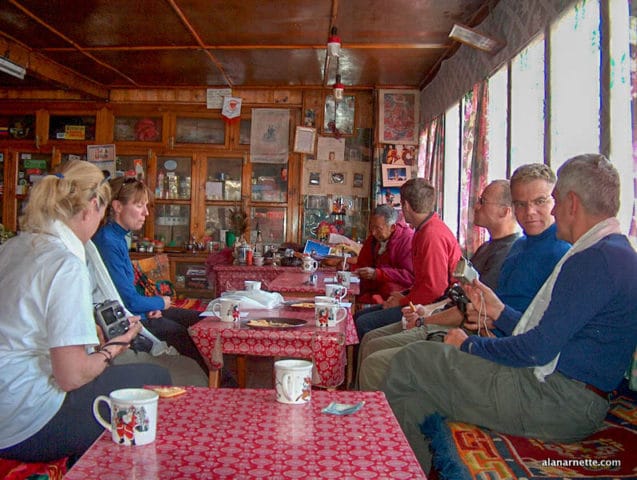
This was her first ceremony of this type. She joined her teammates with anticipation sitting cross-legged on the thick Tibetan carpets. The ceremony started with the Lama and two other monks chanting prayers for about 45 minutes. At various times cymbals, drums, and horns joined in.
The Lama chanted while waving his arms. Rice flew into the air. The Climbing Sherpas with palms pressed together in front of their chest, heads bowed sat in front of the Lama. Climbers looked on with a mix of emotions before moving to the Lama for their blessing.
He took a silk scarf, a khata, and placed it around each person’s neck, then a gold string, a sungdhi, and tied it around their neck with a loose knot. Throughout this entire blessing, he would look the person straight in the eye.
The meaning was clear. When he gently placed his forehead against theirs it was as if to say, go in peace; all is well.
After their moment, the Couple walked away with tears in their eyes. Snorer, Dutch, and Old Man had huge smiles, but Loner had no expression at all.
As the Lama finished with a blessing for everyone, Dawa translated. The Lama told them only to have positive thoughts, never think negatively. He said to forgive mistakes. He said to be kind to other people.
As they left the monastery, She noticed the wind had picked up, and the prayer flags waved in the breeze. She could almost hear the prayers printed on the blue, white, red, green, and yellow flags.
There would be more prayers and ceremonies before they started climbing. She looked forward to the puja at base camp where another Lama would trek in to conduct an elaborate ceremony to ask permission, forgiveness, and safety to climb the mountain. Already, She was enjoying their prayers before sleeping or starting the day, and the chanting of the Climbing Sherpas as they walked together on the trails.
Yes, sometimes climbing mountains is more than climbing.
Climb On!
Alan
Memories are Everything
Climbing Sherpa Support
Who, how much, and how often you donate is a personal decision. Maybe you climbed with one of the guides, or plan to one day. Perhaps you have followed them for years and want to support their Climbing Sherpa team, or maybe you support by geography – Nepali, American, Austrian, British, New Zealand. It’s up to you and will be much appreciated.
My sincere appreciation to those companies who accepted my invitation to join Virtual Everest 2020 – Support the Climbing Sherpas:
- Alpine Ascents International: Click to Donate to Alpine Ascents’ Climbing Sherpas
- Adventure Consultants: Click to Donate to Adventure Consultant’s Climbing Sherpas
- Alpenglow Expeditions: Click to Donate to Alpenglow Expedition’s Climbing Sherpas
-
Climbing the Seven Summits: Click to Donate to CTTS’s Climbing Sherpas
- Furtenbach Adventures: Click to Donate to Furtenbach Adventure’s Climbing Sherpas
- International Mountain Guides: Click to Donate to IMG’s Climbing Sherpas
- Jagged Globe: Click to Donate to Jagged Globe’s Climbing Sherpas
- Madison Mountaineering: Click to Donate to Madison Mountaineering’s Climbing Sherpas
- Mountain Professionals: Click to Donate to Mountain Professional’s Climbing Sherpas
For an overview of the Virtual Everest 2020 – Support the Climbing Sherpas, please visit this post.
Previous Virtual Everest 2020 posts:
- Virtual Everest 2020 – Support the Climbing Sherpas
- Virtual Everest 2020: Leaving Home
- Virtual Everest 2020: Flying at the Summit of Everest
- Virtual Everest 2020: Weekend Video Update April 5
- Virtual Everest 2020: Hello Kathmandu!
- Virtual Everest 2020: Kathmandu
- Virtual Everest 2020: Exploring Kathmandu
- Virtual Everest 2020: The First Team Dinner
- Virtual Everest 2020: Lukla Drama
- Virtual Everest 2020: The Trek Begins
- Virtual Everest 2020: Weekend Video Update April 12- Guy Cotter Interview
- Virtual Everest 2020: Everest View


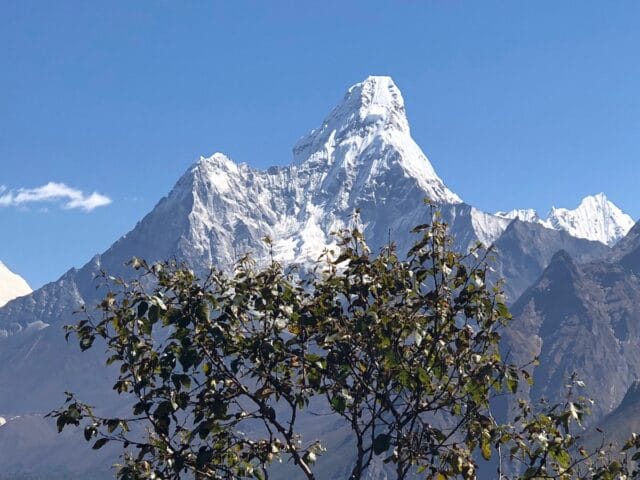
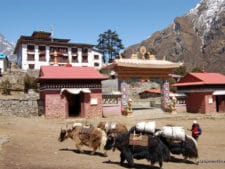
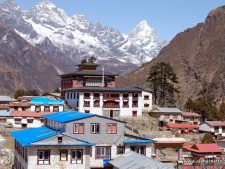
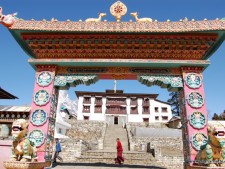
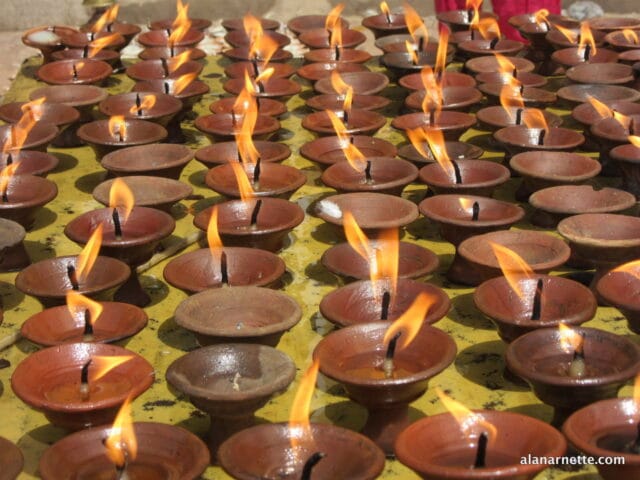
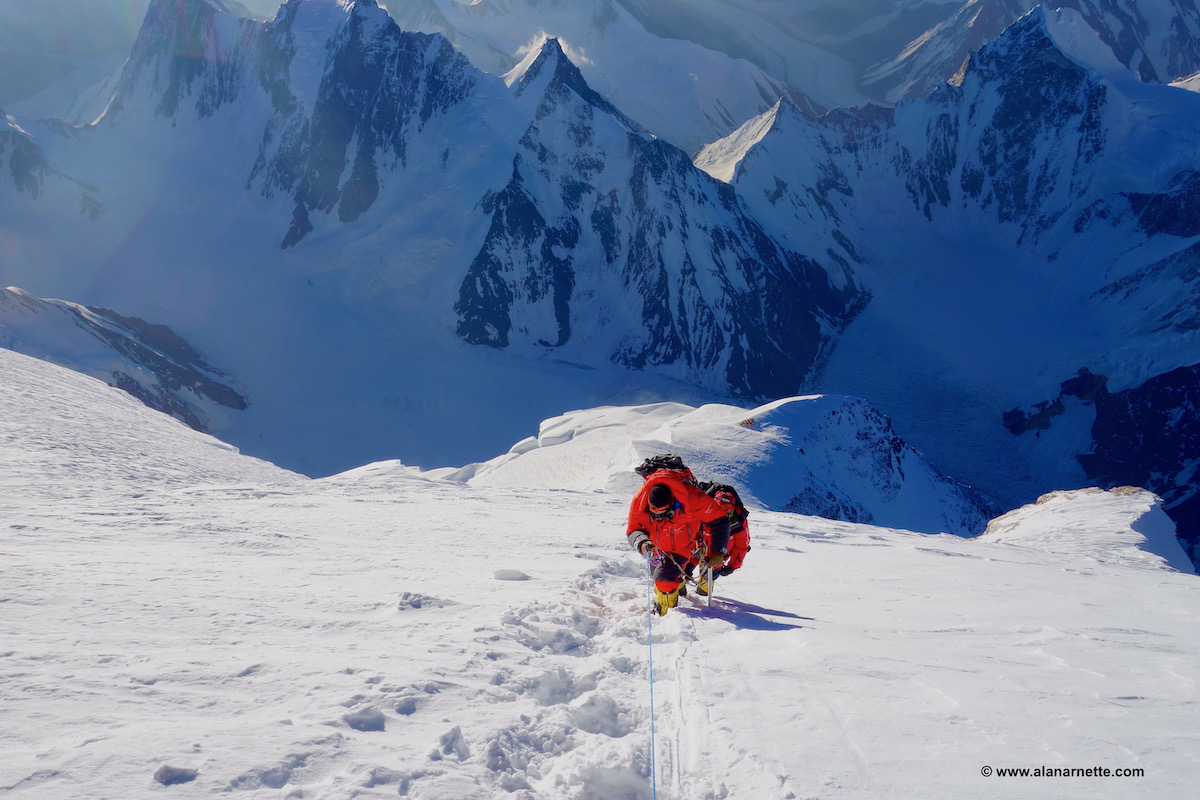

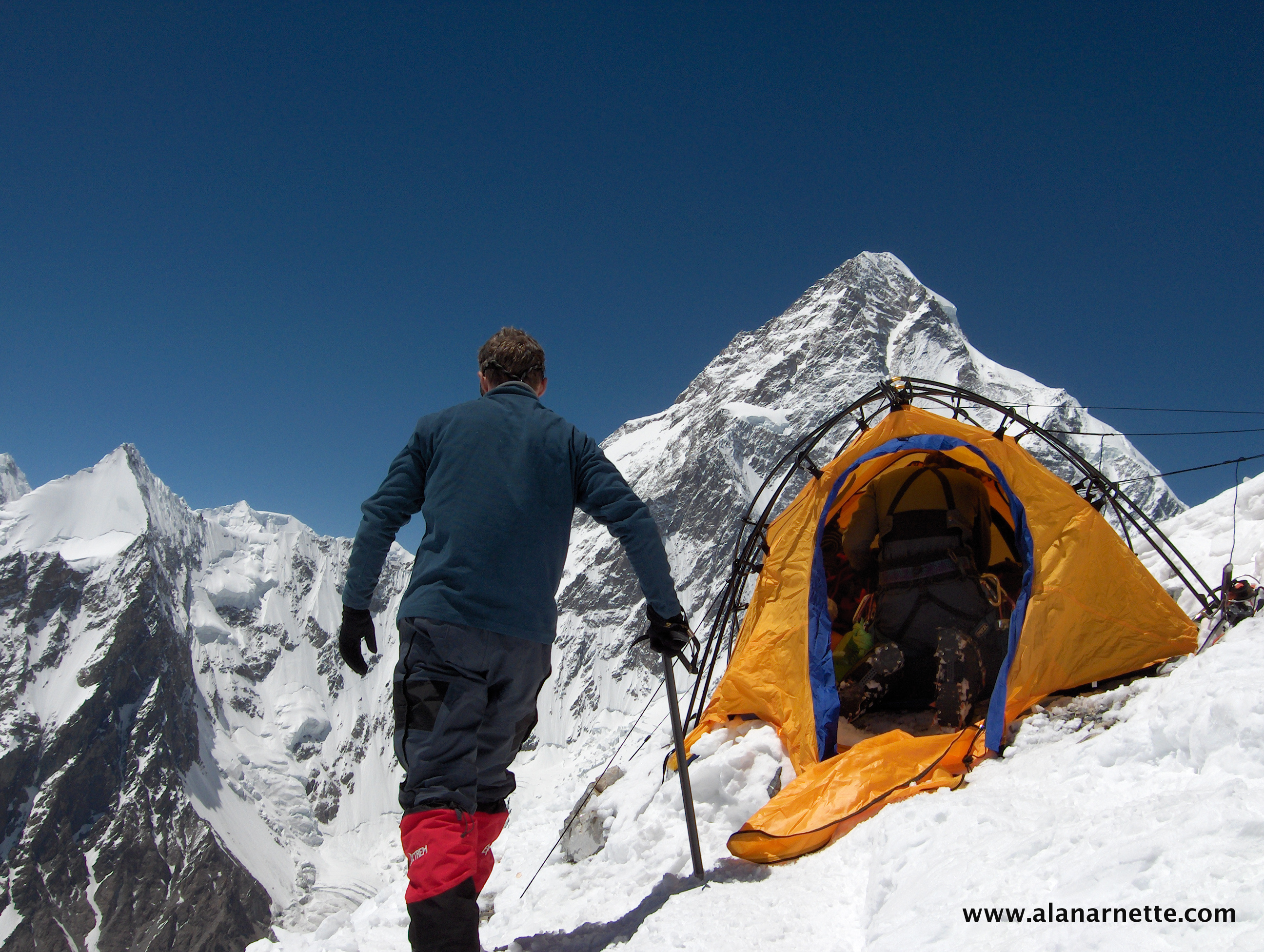
4 thoughts on “Virtual Everest 2020: Blessing in the Khumbu”
Really liked your little map today, Alan!
Great as always, Alan! Any chance we’ll see a book or some kind of physical release of virtual Everest 2020 when it’s all said and done?
Thanks! I might do some kind of self-publish on Apple or Amazon.
Dear Alan.
Please inform me when you published it and how to get it in the Netherlands. It is really nice to read your stories about Everest “climbing season 2020”. It reminds me of my trek in december 2018 through the Khumbu.
Thanks Alan
Comments are closed.